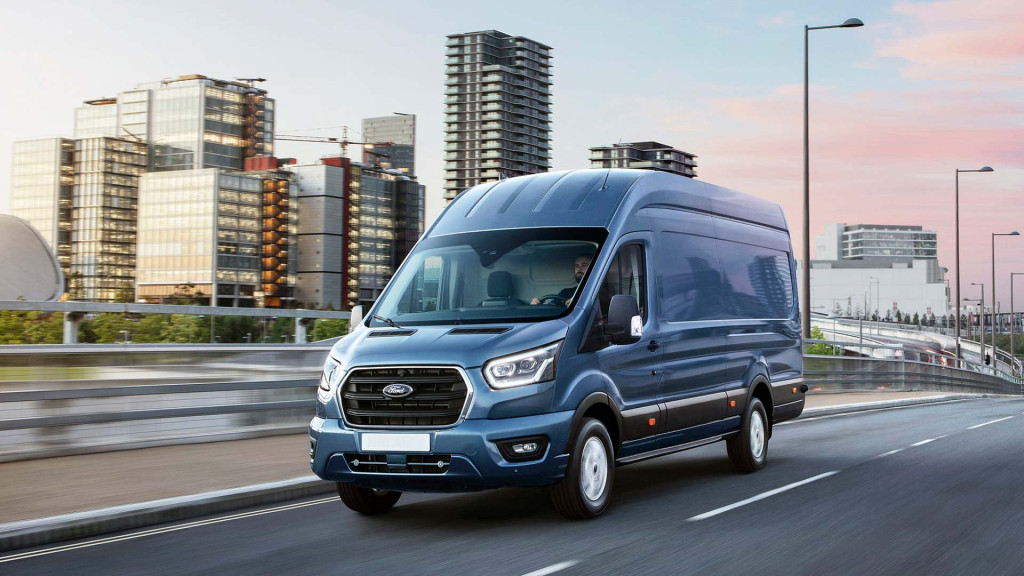
Minibus Tips on Saving Fuel
Driving a minibus is a hefty process. It is a full-time job and needs consistent excellence. Every habit can account for overall proficiency and professionalism. These things can go a long way and can even save money when it comes to fuel. Here, we put together a few pointers you can start implementing and save up for your next upgrade.
Tyre Pressure
All vehicles, including minibuses, operate more efficiently when their tyres are adequately inflated. Every vehicle has a different tyre pressure that is ideal to suit its build and structure. If you don’t know the recommended inflation for your vehicle, a quick way is to read up on its manual or look up through official pages online.
Gradual Acceleration
An immediate burst of acceleration can burn up some fuel, if you’ve wondered what the robust engine sound reflects, it’s the fuel. To maximise every bit of your petrol or diesel, gradual or smooth acceleration is suggested. You can look up an online guide to check if your technique is on point. During a trip or a journey within the city, there are several times that you might need to break and accelerate. Ultimately, all these instances can pile up a significant amount of fuel that can be left in your tank.
Prioritise High Gear
Here is where we can make use of the RPM metre. It stands for rounds per minute and signifies the speed at which tyres are rotating. To save up on fuel, one should look out for the 2000 mark; it is when one should change gears. The rule of thumb is, if you feel like the vehicle can move smoothly on a higher gear, you should probably switch to it.
Monitor Your AC & Combined Trips
When used too much, air conditioning can rack up for a significant amount of kilometres; which essentially means fuel and money. On the other note, a heated-up engine runs more efficiently than an engine that is cold. One habit to add in order to save fuel is to run up on errands in one go and to make use of your vehicle without making long stops in between.
Prevent Idle Stops
When we talk about a vehicle, idly parked in a spot with its engine running, 80% of the time we might think of it to be a driver inside; simply lazing or waiting for its ride to appear. Even though it might seem like there is a little fuel burning because of no engine rev, the impact of it is completely opposite. Idle stops can easily burn up a gallon (around 3-4 litres) of fuel every hour, this is 10% of the total tank capacity for 70% of the vehicles. Additionally, the wasted fuel can be even more if you take into consideration the use of air conditioning.
Stay Active & Read Traffic
This is the ultimate practice that can not only save up fuel but also can make you seem like a more reliable and safe captain of the wheels. The key point is to always dictate the momentum. This can be done by reading the road ahead and the movement of the traffic. Not only would it help you stay one step ahead on the road, but also make you drive more at ease since you’d be foreseeing when to brake and when to speed up a little.
Know Economical Ranges
Every vehicle has a recommended speed range where it makes use of the fuel most efficiently. This can be somewhere between 55-75 mph for most vehicles. When on a long trip, you should try to drive within the specified range to make your journey cost-effective; you can see an immediate difference on your next trip. Anything more than the speed range means that the engine is consuming 40% more fuel than necessary and doing a lot of unnecessary work.
MORE POSTS:

How To Avoid Hidden Charges In Minibus Hire?
Key Takeaway…

Last-Minute Lifesaver: Tips For Hiring A Minibus During Peak Season
Key Takeaways
- Book early to secure your vehicle and avoid high prices during busy seasons. Early booking ensures options like the Ford Tourneo Custom or Peugeot 5008 fit your needs.
- Trusted providers like Kent Minibuses offer reliable minibuses with clear pricing.
- Choose a min…